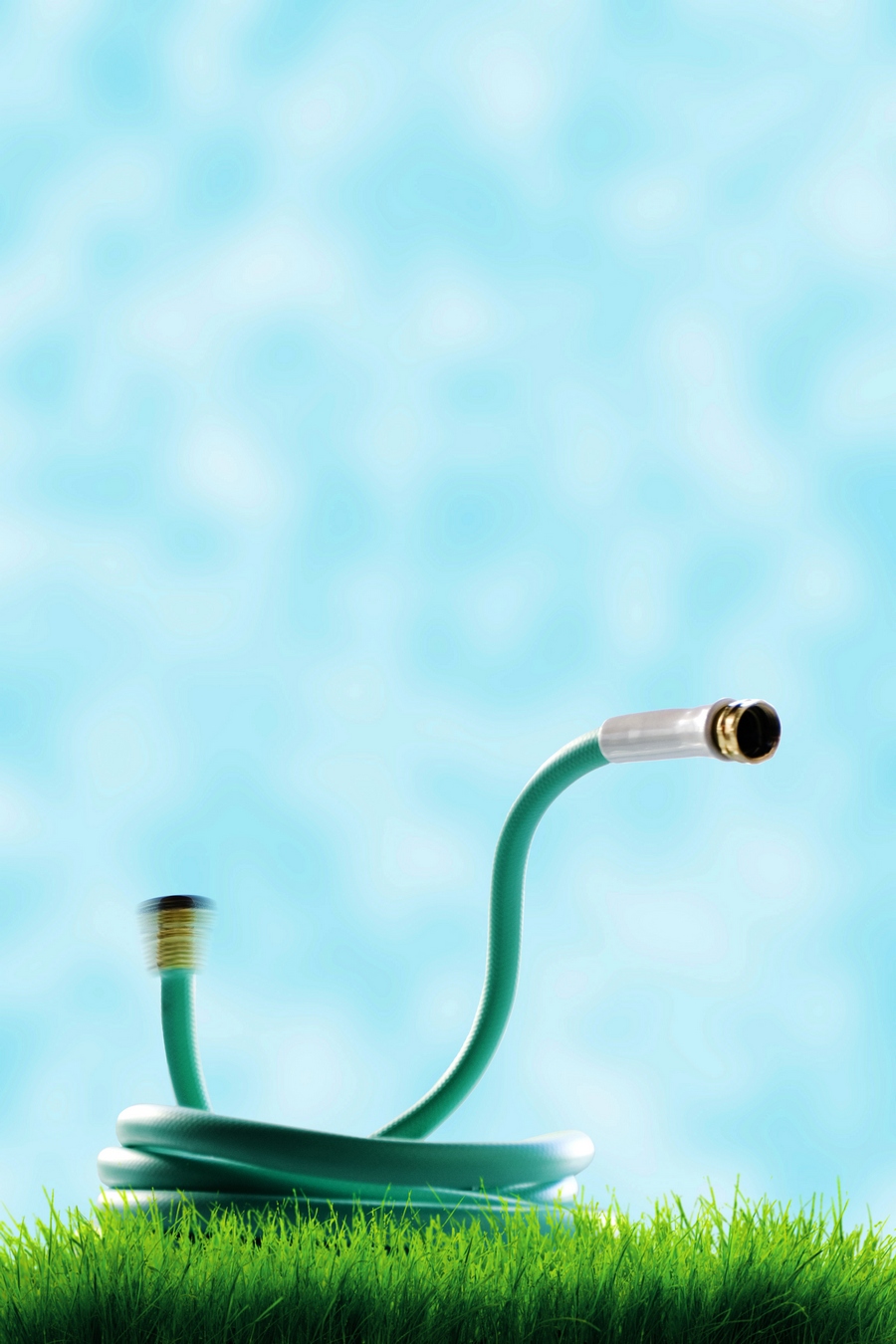How to Choose a Garden Hose

Watering plants has become much more enjoyable after the invention of modern garden hoses. However, there are many varieties of hoses and it is important to understand the difference between them. Most garden hoses are made of PVC which make them very durable and flexible. Finding the right garden hose is not a difficult task if you follow some basic guidelines for help.
Instructions
-
1
Currently, there are a great variety of hoses in the market. So, it is rather difficult to make the right choices in this range. Before you buy a hose, it is necessary to determine the purpose it will be used for. Next you should check the diameter of the pipe, which is connected to the hose, the working length of hose and the clamps and adapters needed to connect the hose. The standard size of the garden hose is approximately 13 mm. This size corresponds to standard faucets.
-
2
If you want to buy a hose for long-term use, preference should be given to those that have two layers as they are more durable and resistant to folding. Watering hoses with braided nylon are the most durable but can be quite expensive.
-
3
Before buying a garden hose, carefully examine the packaging. It should include all the main characteristics of the hose. This includes: resistance to UV radiation, the formation of algae and sediment on the inner surface, the presence of longitudinal inserts, number of layers, the operating pressure and temperature, etc.
-
4
Try to find a big hardware or home improvement store that has a good variety of garden hoses. Be sure to talk to the salesperson regarding the different brands and styles of hoses. You should also inquire about the warranty and life of the hose from a trained salesperson.
-
5
The diameter of the hose should be selected based on the formula "the longer the irrigation system (hose), the greater must be its diameter."
-
6
Plastic hoses weigh less but can be easily damaged. So, in order to avoid any problem in the near future, it is best to choose a model with an inner sheath, which does not allow the hose to deform and bend. Always maintain your garden hose so that it does not get cut or bent.





